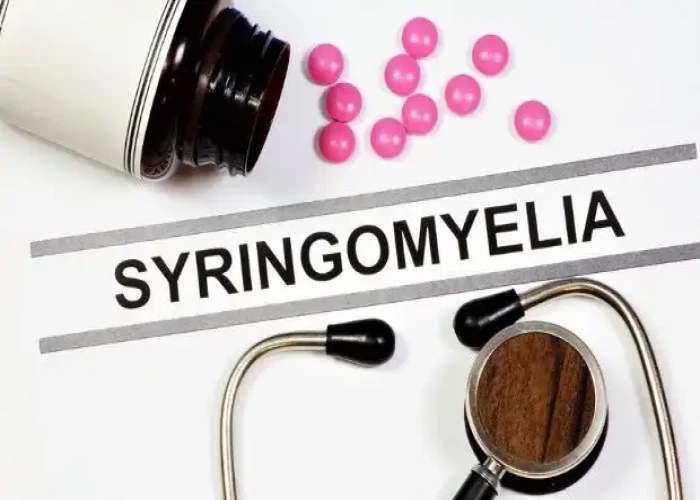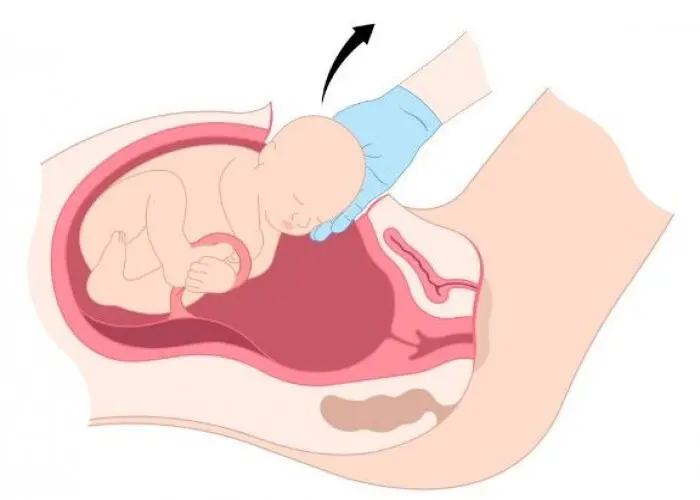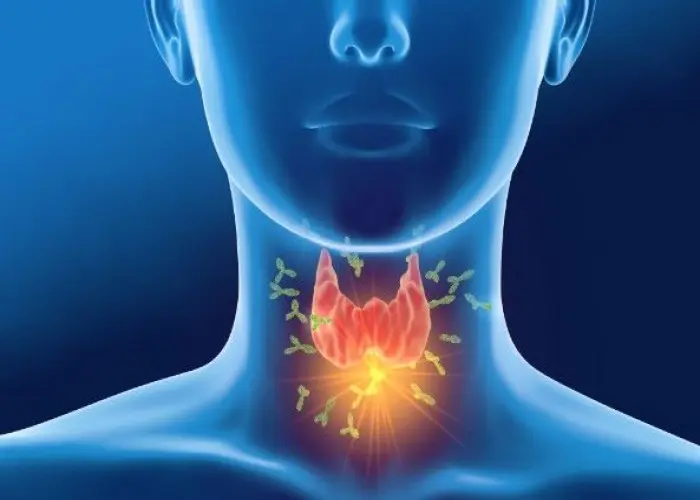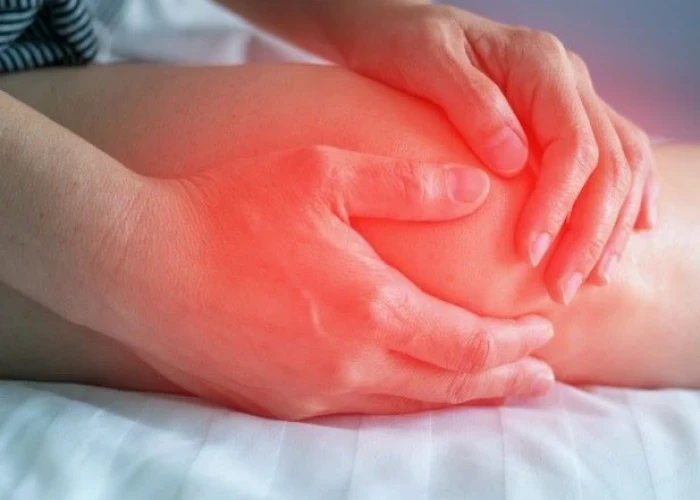 Welcome
Welcome
“May all be happy, may all be healed, may all be at peace and may no one ever suffer."
Osteochondritis dissecans

Osteochondritis dissecans (OCD) is a joint condition that typically affects the knees, although it can occur in other joints as well, such as the ankle and elbow. It involves a piece of bone and cartilage within the joint separating from the surrounding bone due to a lack of blood supply. This can lead to pain, stiffness, and instability in the joint.
The exact cause of OCD is not known, but it is thought to be a result of repetitive stress or injury to the joint, which may cause a piece of bone and cartilage to become detached from the surrounding tissue. Genetics may also play a role in the development of OCD.
Symptoms of OCD may include:
- Pain, swelling, and tenderness in the affected joint
- A clicking or popping sensation in the joint
- Stiffness and limited range of motion in the joint
- Weakness or instability in the joint
- A piece of bone and cartilage may become loose and cause locking or catching in the joint
Diagnosis of OCD may involve a physical exam, imaging tests such as X-rays, CT scans, or MRI scans, and in some cases, an arthroscopy to directly visualize the joint.
Treatment of OCD may depend on the severity of the condition and may involve rest, physical therapy, medications to manage pain and inflammation, and surgery to remove the loose piece of bone and cartilage and promote healing in the affected joint. In some cases, a bone graft or joint replacement may be necessary.
Prevention of OCD may involve avoiding repetitive stress and injury to the joints, maintaining a healthy weight, and participating in regular exercise to improve joint function and flexibility.
Research Papers
Disease Signs and Symptoms
- Joint pain
- Joint stiffness
- Progressive muscle and joint weakness and pain
- Decreased range of motion
Disease Causes
Osteochondritis dissecans
The cause of osteochondritis dissecans is unknown. The reduced blood flow to the end of the affected bone might result from repetitive trauma — small, multiple episodes of minor, unrecognized injury that damage the bone. There might be a genetic component, making some people more inclined to develop the disorder.
Disease Prevents
Osteochondritis dissecans
Adolescents participating in organized sports might benefit from education on the risks to their joints associated with overuse. Learning the proper mechanics and techniques of their sport, using the proper protective gear, and participating in strength training and stability training exercises can help reduce the chance of injury.
Disease Treatments
Treatment of osteochondritis dissecans is intended to restore the normal functioning of the affected joint and relieve pain, as well as reduce the risk of osteoarthritis. No single treatment works for everybody. In children whose bones are still growing, the bone defect may heal with a period of rest and protection.
Therapy
Initially, your doctor will likely recommend conservative measures, which might include:
- Resting your joint. Avoid activities that stress your joint, such as jumping and running if your knee is affected. You might need to use crutches for a time, especially if pain causes you to limp. Your doctor might also suggest wearing a splint, cast or brace to immobilize the joint for a few weeks.
- Physical therapy. Most often, this therapy includes stretching, range-of-motion exercises and strengthening exercises for the muscles that support the involved joint. Physical therapy is commonly recommended after surgery, as well.
Surgery
If you have a loose fragment in your joint, if the affected area is still present after your bones have stopped growing, or if conservative treatments don't help after four to six months, you might need surgery. The type of surgery will depend on the size and stage of the injury and how mature your bones are.
Disease Diagnoses
Disease Allopathic Generics
Disease Ayurvedic Generics
Disease Homeopathic Generics
Disease yoga
Osteochondritis dissecans and Learn More about Diseases

Rheumatic fever

Hypopituitarism

Syphilis

Fetal macrosomia

Snoring

Secondary hypertension

Hashimoto's disease

Deep vein thrombosis (DVT)
osteochondritis dissecans, অস্টিওকন্ড্রাইটিস ডিসেকানস
To be happy, beautiful, healthy, wealthy, hale and long-lived stay with DM3S.
